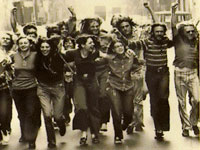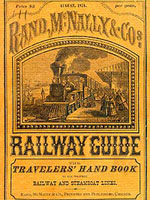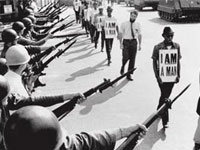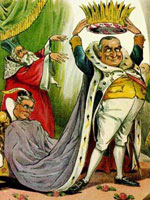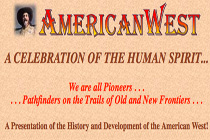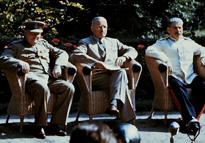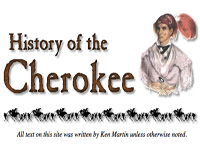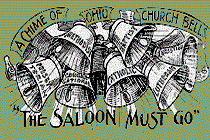On May 10, 1869, in Promontory Summit, UT, a rail line from Sacramento, CA met with another line from Omaha, NE. When the last spike was driven, the Central Pacific became the first transcontinental railroad. This site provides a vast collection of online materials documenting the history of the Central Pacific Railroad and rail travel in general, as well as material on the history of photography. The site boasts more than 2,000 photographs and images, including stereographs by Alfred Hart and Eadweard Muybridge; engravings and illustrations from magazines, travel brochures, and journals; and more than 400 railroad and travel maps. Also included are more than 60 links to images and transcriptions of primary documents dealing with the construction and operation of the railroad, including government reports, travel accounts and diaries, magazine and journal articles, travel guides, and railroad schedules.
A separate section documents the Chinese-American contribution to the transcontinental railroad, including four scholarly articles, two links to Harper's Weekly articles and illustrations about Chinese workers, a bibliography of 15 scholarly works, and links to more than 20 related websites. Timelines on the building of the transcontinental railroad from 1838 to 1869, the history of photography from 1826 to 1992, and the development of the railroad from 1630 to 1986 also help to contextualize the history of the railroad in America. The volume of information on the home pages make this site slow loading, unwieldy, and confusing to navigate, and there are no descriptive captions or other information on most of the images. But the site is keyword searchable, and for those interested in the history of railroads, this site is certainly worth the time.

